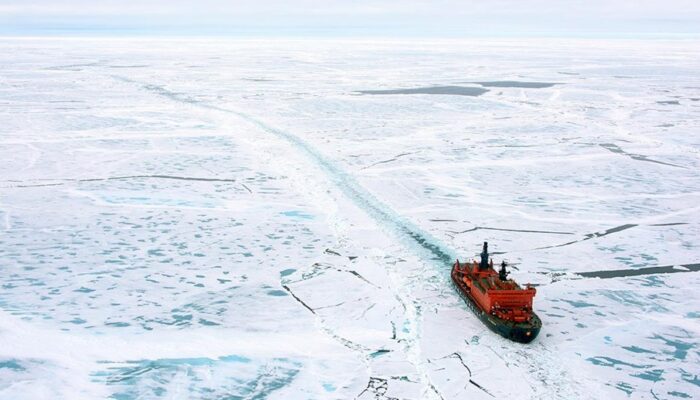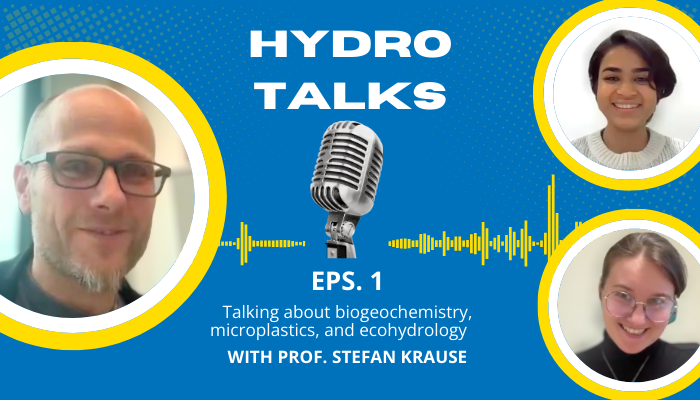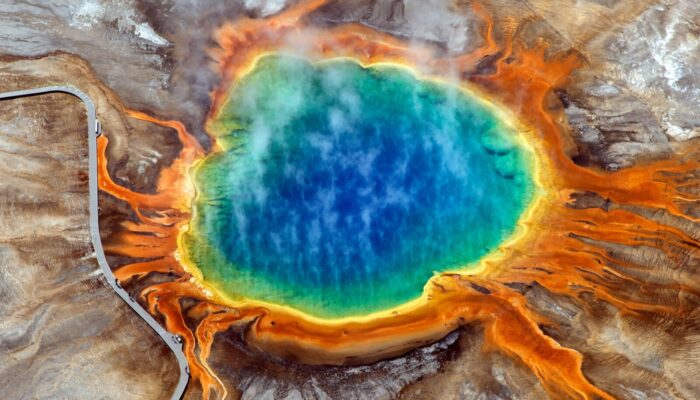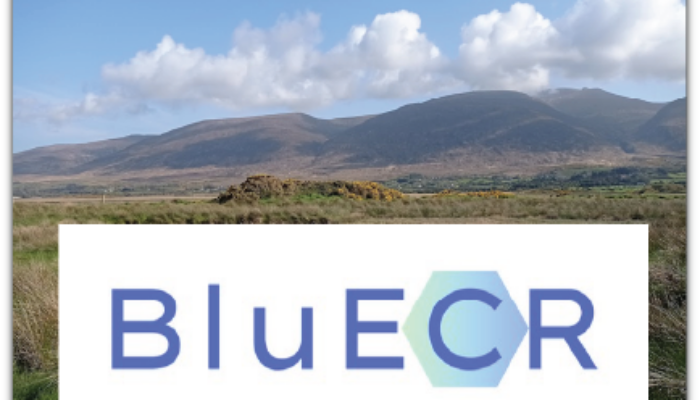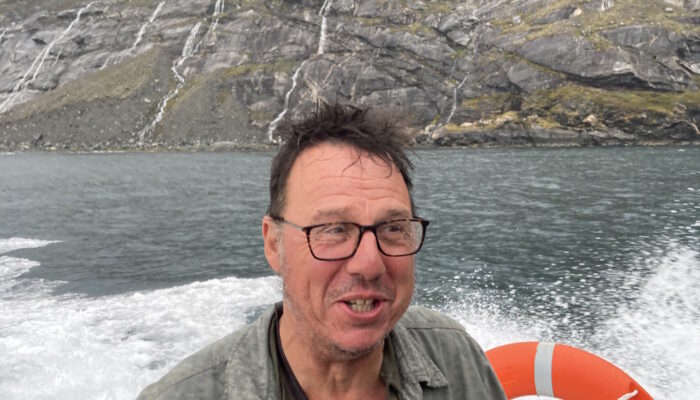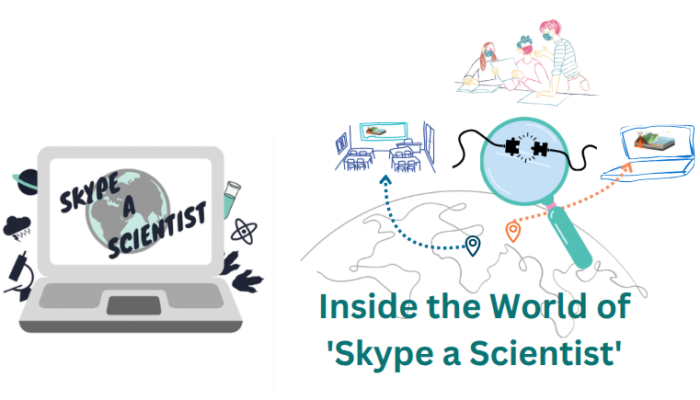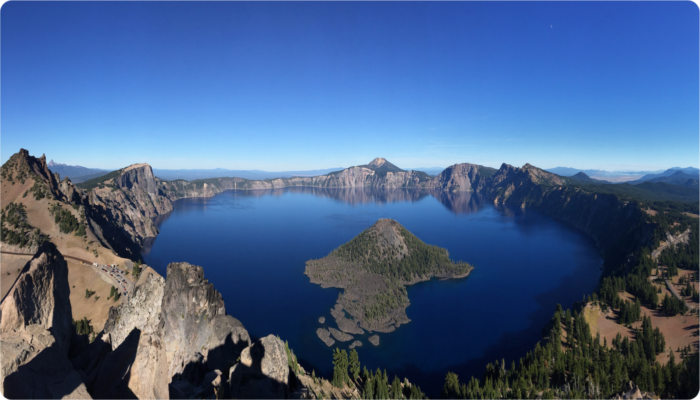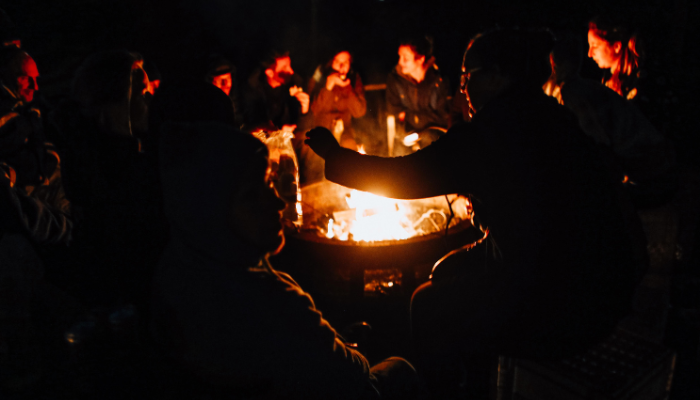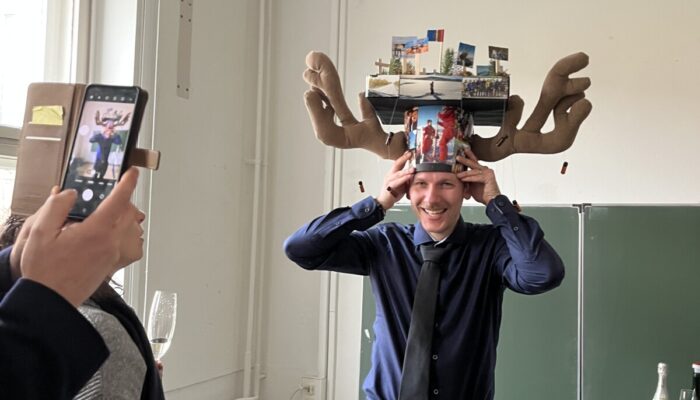Sea ice is a critical part of the unique Arctic ecosystem, but climate change is becoming a serious threat. Warming in the Arctic has already resulted in the loss of over 4 million km² of sea ice. But is it all bad? Retreat of Arctic sea ice is allowing more ships to navigate the Arctic Ocean, along shorter, faster and cheaper sea routes, providing emission reductions of 24%. But will the growth o ...[Read More]
Hydrological Sciences
HydroTalk Podcast: Dr. Stefan Krause on Water, Ecosystems and Pollution
Welcome toHydroTalks, the new podcast series of the EGU HS division. Every month, we interview experts about the advancements, challenges, and opportunities in the field of hydrology. As our first guest, we were pleased to interview Dr. Stefan Krause, a Professor of Ecohydrology and Biogeochemistry at the University of Birmingham. His research explores the interconnectedness of groundwater and su ...[Read More]
Geochemistry, Mineralogy, Petrology & Volcanology
EGU Webinar Alert! “Careers inside and outside of academia: Panel Discussion”
We are delighted to invite you to the upcoming EGU webinar, “Careers Inside and Outside of Academia: Panel Discussion,” scheduled for Tuesday, 11 March 2025, at 16:00 CET. Secure your spot by registering through the following link: Registration Link. If you are struggling to navigate the choice between academic and non-academic jobs, you are not alone. While many challenges related to ...[Read More]
Biogeosciences
Unleashing Blue Carbon: Meet the New BluECR Network
Welcome to our new blog post! Today, we’re diving into the world of Blue Carbon Ecosystems (BCEs) and introducing you to an exciting new initiative—the BluECR network. Whether you’re new to blue carbon or already working in these vital habitats, this post will provide insights into their importance and invite you to join a community dedicated to advancing blue carbon research. Climate change ...[Read More]
Geomorphology
Highlighting Chris D. Clark, the GM Division Ralph Alger Bagnold Awardee 2025
This blog post is part of our series: “Highlights” for which we’re accepting contributions! Please contact one of the GM blog editors, Emily (eb2043@cam.ac.uk) or Emma (elodes@asu.edu), if you’d like to contribute on this topic or others. Recently, EGU announced the 2025 medals and awards to be presented at the General Assembly in April, and the winner of the Geomorphology Division Ralph Alger Bag ...[Read More]
Geodesy
Inside the World of ‘Skype a Scientist’
Let’s move onto another amazing researcher and ECS, Öykü Koç, who is involved with ‘Skype a scientist’, an educational nonprofit with a focus on connecting people with science in fun and meaningful ways, making science education available and engaging for everyone. Öykü Koç (she/they) is a PhD candidate at Politecnico di Milano (Italy), with her research focusing on the time-variable gravity field ...[Read More]
Tectonics and Structural Geology
Geomythology. Crater Lake: from Love, War and/or natural phenomena
The worldwide relatively frequent recurrence of volcanic eruptions, earthquakes and tsunamis, as well as their strong impact on society make them the most common sources of myths. The most intriguing part is how different cultures describe relatively similar events in very different ways. Among them, the myths at the base of the origins of the Crater Lake in Oregon (USA), mainly orally inherited f ...[Read More]
Hydrological Sciences
Looking Back at the First HS Campfire Events: Meet the 2024 Award-Winners & Explore the Evolution of Socio-hydrology
In December and February, the first-ever HS Division Campfire Events took place online! For our premiere, we invited the 2024 Division award winners to join, present their work, and talk about their personal journeys as researchers. And in January, we took a look back at how socio-hydrology has evolved as a discipline since its inception over 10 years ago. Let’s take a look at the first two HS C ...[Read More]
Geodynamics
The Sassy Scientist – Caged birds
The news has been super depressing, I need to hit myself deep in escapism. I hope this month’s question will be easy. Let’s see what we have this month …*two hours later*… So, Robin asks: Some of the projects I’m involved in during my postdoc aren’t directly related to the grant funding of my salary. Should I list my PI as a co-author on papers resulting from this work? Dear Robi ...[Read More]
Cryospheric Sciences
Cryosphere Caps: PhD hats and the researchers that wear them – Episode 1
This miniseries features the tradition of ‘PhD hat’ making in German research institutes and universities. For those of you unfamiliar with this idea (as I once was), this is one of the final milestones a graduate student has before they are officially a “Dr.”. Upon the successful defense of a thesis, the peers of the PhD student craft a graduation hat from a mishmash of scrap cardboard and memora ...[Read More]

